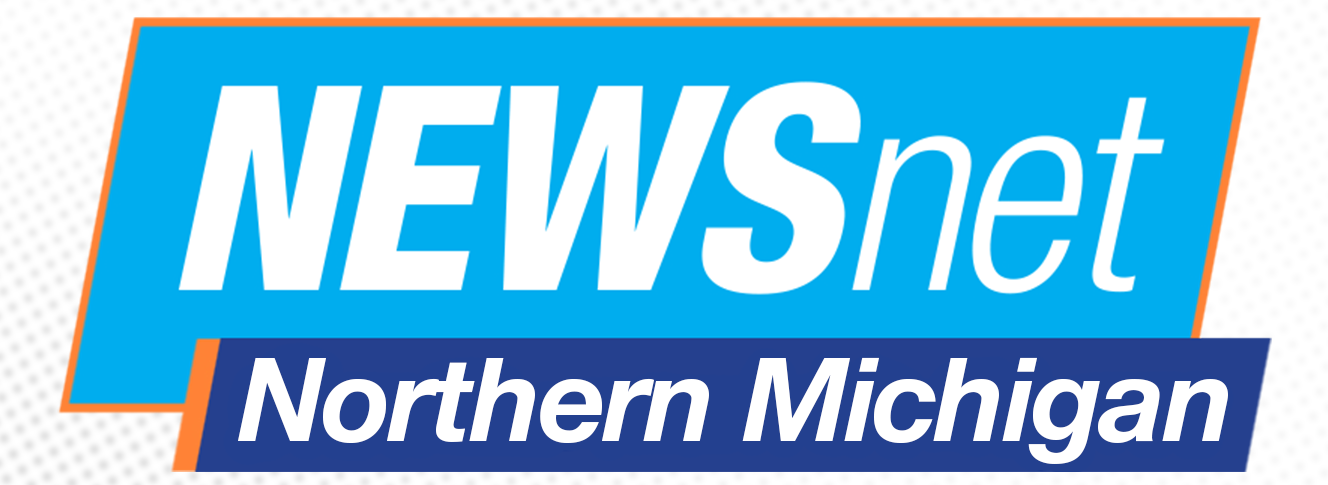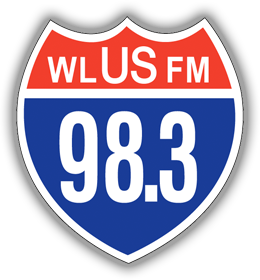SERVPRO® of Palo Alto provides flood restoration services to homeowners and businesses in the Bay area. When disaster strikes, preparedness is the key to successfully maneuvering the challenges that might arise.
A property damage disaster such as an earthquake, wildfire, or flash flood gives residents in the affected area little warning to prepare for and respond to appropriately. This suddenness of a natural disaster necessitates that residents be prepared in advance to respond to the immediate effects of the disaster. If the disaster is a flash flood, roads may be impassable, public utilities may be temporarily offline, and families and friends may be separated.
.png)
An emergency response plan is essential for survival when a disaster strikes. One of the most critical components of a ready plan is a solid communication plan. Communication brings people together, reduces chaos and confusion, calms and comforts those in distress, and enables victims to take control of a terrible situation.
An action plan, a communication strategy, and a central meeting place in case the family becomes separated are critical in the aftermath of a disaster. These tips will help families face the challenges of wildfire, earthquake, severe weather, or flash flood.
Components of a communication strategy
A strategy is a carefully thought-out plan with specific goals in mind. A “communication strategy” is a plan to ensure everyone is able to communicate with each other in a worst-case scenario. All hindrances, setbacks, and hurdles are taken into consideration, and Workarounds are put in place. Effective communication will prevent chaos and confusion. Effective communication brings comfort, calm, and direction. Communication saves lives. Listed below are some important steps to follow when formulating a communication strategy.
Step #1: Create a contact list
Creating a contact list is the foundation of an effective communication strategy. Include the full name, date of birth, physical address, cell phone number, email address, and social media links. Some contacts on the list may have landlines. Provide a hard copy for each person. Store the information on the cloud so it can be accessed with multiple devices such as a cell phone, tablet, laptop, or desktop computer.
Provide contact information for the following:
- family members
- schools and daycares
- family doctors, local hospitals, and preferred urgent care centers
- insurance providers
- service providers (mechanic, electrician, HVAC, plumber, property damage restoration company)
- primary distant contact
To choose a distant primary contact, identify a person in another region of the United States. In a large-scale, regional disaster, the lines of communication may be overwhelmed or offline. A long-distance contact may be easier to reach by phone than a friend or family member in the next town or county. The central contact can help family members connect, share information, and meet up at a location disclosed by the distant contact. Make sure the person agrees to take on the responsibility. Be sure to add their contact information to the contact list. Highlight their name as the designated distant contact in case of an emergency. Include them in emergency drills.
Step #2: Be familiar with the emergency plans for schools, daycares, and employers that involve family members
Even though technology can detect severe weather and alert people about the danger, a natural disaster can still strike at any time, with little warning. Family members could be at work, school, daycare, dance class, soccer, music lessons, or Taekwondo. Obtain a copy of the emergency response plan for each activity and review it with the children. If the extracurricular activity lacks a disaster response strategy, be the parent or guardian to help the institution or group create a plan. Review each plan with the family. Sign up to receive emergency text alerts from each child’s daycare or school.
Step #3: Set up meeting places in case the family is separated
With designated meeting places to fit different scenarios, everyone will know where to meet up. Take nothing for granted. In the event of a natural disaster, send everyone involved in the communication plan a text notifying them of where the meeting place is.
Interior meeting space: The space should be a small room with no windows in the interior of the structure. A bathroom or closet is recommended.
Outside meeting space: If the home must be evacuated, exterior options include a neighbor’s house or the end of the drive. Meeting places further away from the home could include a hospital, convenience store, library, or fire station.
Distant meeting place: In case of a large-scale disaster such as an earthquake or tsunami, coordinate with a friend or family member in another community.
Step #4: Document and distribute the plan
Make copies of the communication plan and give it to family members and other parties who might need the information. Store the information on the cloud. Text and email everyone the link to the document.
Step #5: Conduct simulated drills with the entire family.
Practice several times a year with the children in the family. Familiarity with the action plan will reduce stress, confusion, and fear when and if a disaster strikes.
Step #6: Update the plan at least once a year
Schedule a time to review, update, and redistribute the communication strategy to all involved parties. Details and locations may change from year to year, but accuracy can save lives and prevent injuries.
Step #7: Pre-qualify the restoration professionals at SERVPRO of Palo Alto
Include their contact information in the emergency response plan and the communication contact list. When a fire damage, smoke damage, water damage, or flood damage disaster strikes, contact the team at SERPRO of Palo Alto. Crews are available 24/7, 365 days a year, including holidays. IICRC-certified technicians arrive on-scene in about an hour, and the rapid response gets life back to normal as soon as possible.
.png)
For more information about flood restoration services in Stambaugh Heller, Redwood City, CA, and nearby areas contact SERVPRO of Palo Alto by phone at (650) 800-3448 or email at office@servpropaloalto.com.
































